El Salto de la Novia
Thursday, August 18, 2022
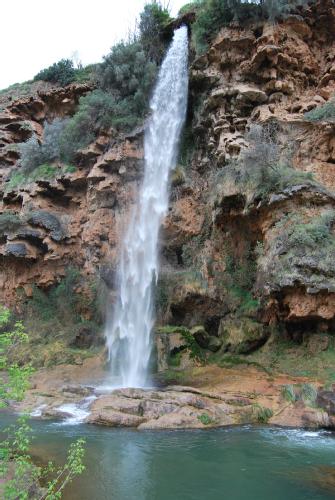 The long, white, radiant water of the Brazal waterfall drops from a ledge 30 metres high, resembling the train of a wedding dress, and falls onto the rocky banks of the Palancia River, creating one of the most hypnotising aquatic landscapes in Spain. However, calling the place the Salto de la Novia, or Bride's Jump, is not due to the waterfall, but because they used to say that brides had to jump into the river if they wanted to ensure a happy, fertile marriage. According to the legend, there was a bride who slipped when she jumped, dragging her fiancée, who was trying to help her, to the bottom of the river. As you can imagine, the wedding was called off. The long, white, radiant water of the Brazal waterfall drops from a ledge 30 metres high, resembling the train of a wedding dress, and falls onto the rocky banks of the Palancia River, creating one of the most hypnotising aquatic landscapes in Spain. However, calling the place the Salto de la Novia, or Bride's Jump, is not due to the waterfall, but because they used to say that brides had to jump into the river if they wanted to ensure a happy, fertile marriage. According to the legend, there was a bride who slipped when she jumped, dragging her fiancée, who was trying to help her, to the bottom of the river. As you can imagine, the wedding was called off.
From the waterfall, you can see Mount Rascaña, which houses the mysterious Cueva del Reloj (clock cave). It owes its name to the pointed stone guarding its entrance and whose shadow used to show the time to the farmers who worked on the neighbouring land.
The Bride's Jump is next to Navajas, a village overflowing with fountains (many of which have medicinal mineral water) and an elm tree, planted in 1636, that is included in the Guinness Book of Records. Even older is the Altomira Tower. Built by the Arabs in the 11th century, it is in the Arab style, cylindrical and finished off with crown-shaped battlements. Located five kilometres from Navajas is the historical town of Segorbe, where, whether you are with friends or family, the cathedral and the masterpieces of Valencia Gothic art on display in the Diocesan Museum are a must-see.
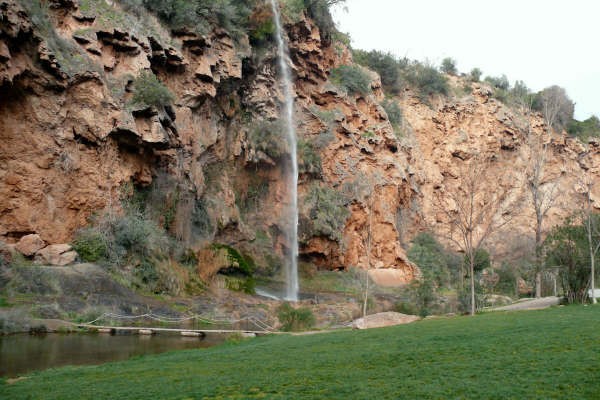
A great place to eat in Segorbe is in María de Luna in the old Misericordia hospital. There is an attraction on the premises that children will love: Segóbriga Park, an aquatic park with Medieval settings. It only opens in summer, a moderately warm period because the weather in the area is mild, with pleasant temperatures all year round and infrequent rainy spells during the summer months.
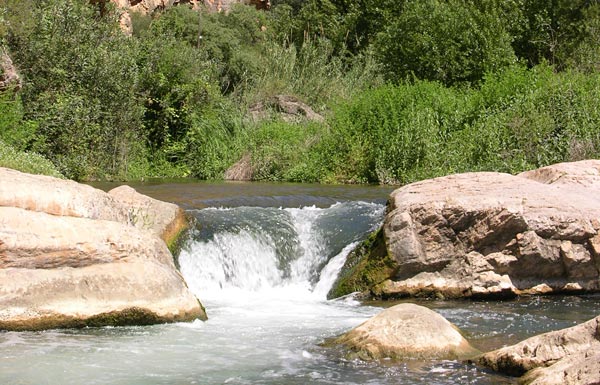
 0
Like
Published at 10:26 PM Comments (0)
0
Like
Published at 10:26 PM Comments (0)
Beceite - Pure Nature for a Refreshing Summer
Friday, August 12, 2022
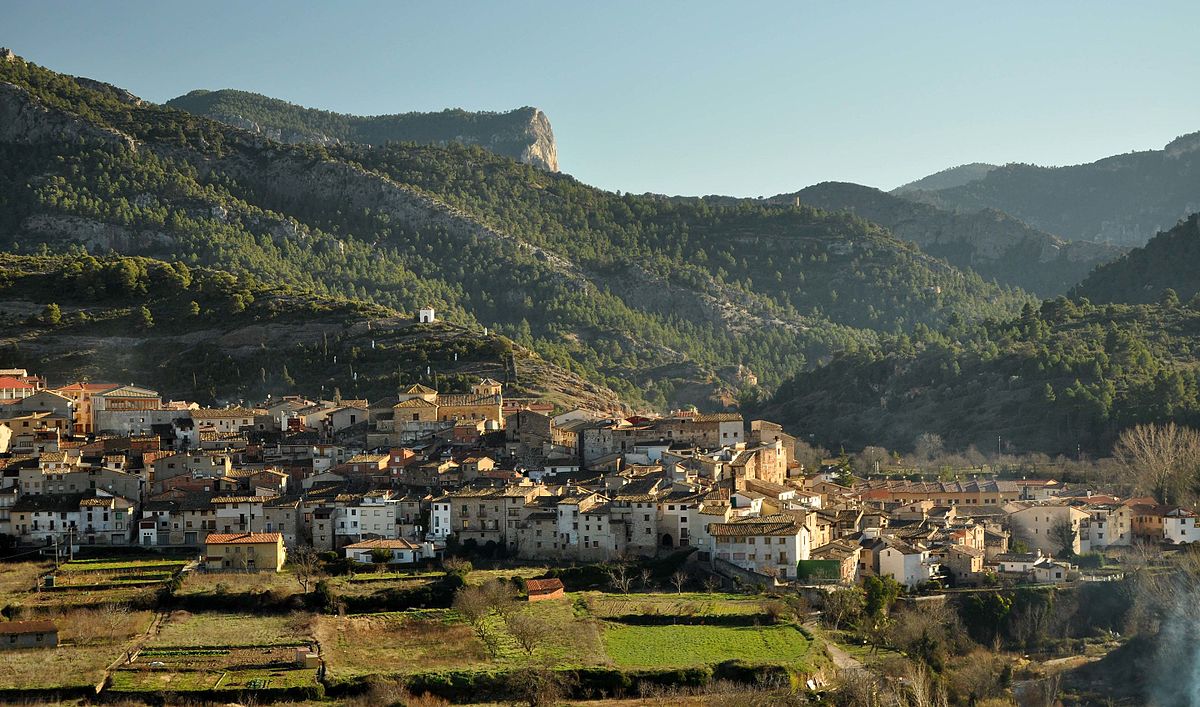
To the northeast of the province of Teruel, stands the small town of Beceite, surrounded by mountain ranges and a privileged setting. Even nature itself crosses the town with the Matarrañana riverbed, leaving waterfalls and natural pools in its wake along the streets of the town. The region of Matarraña is one of the coolest to enjoy the summer in Aragon.
The deposits found in Beceite show that the area was inhabited since the Bronze Age, while two sections of the Roman road that linked the towns of Dertosa and Caesaraugusta, currently Tortosa and Zaragoza, are still preserved from Roman times. In addition, since the Middle Ages, the town was known for its clean waters and its good location.
Starting in the 18th century, Beceite experienced a period of splendour thanks to its paper industry. In this way, he became one of the main producers of paper in Spain, even manufacturing it for the Royal Mint and for the Royal Tapestry Factory, where Francisco de Goya painted some of his creations.
The well-cared-for historic centre of Beceite is a reflection of its long history. Some constructions stand out here, such as the paper mills, where this material was manufactured by hand; the 15th-century stone bridge that crosses the river, or the church of San Bartolomé, a baroque work carried out between the 17th and 18th centuries.
In addition, we do not have to move very far from the centre of the town to enjoy the nature of the place, since next to the streets, the course of the Matarrañana River gives us refreshing natural pools where we can bathe and escape the heat.
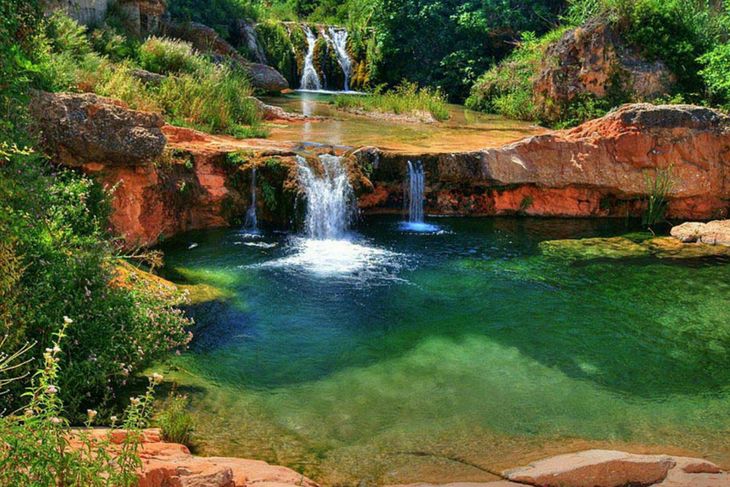
Here we find the Font de la Rabosa, a series of shallow pools and waterfalls created by the erosion of water in the limestone rock. And following the course of the river a few meters further south, we encounter another river pool that is much larger and better adapted for bathing.

On the other hand, if we want to enter a much more natural environment, less than 20 minutes from the town we will come across the spectacular landscape of Parrizal, located within the Puertos de Beceite, a mountainous massif crossed by rivers and ravines.
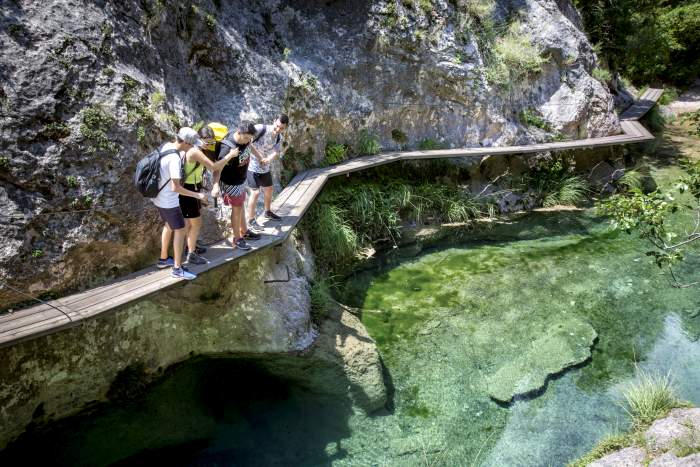
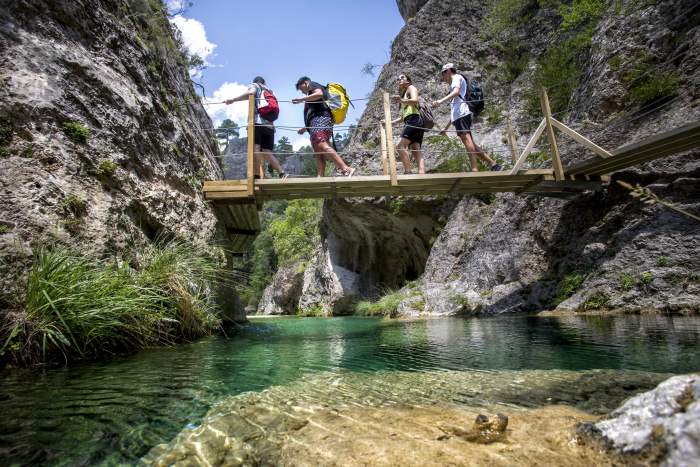
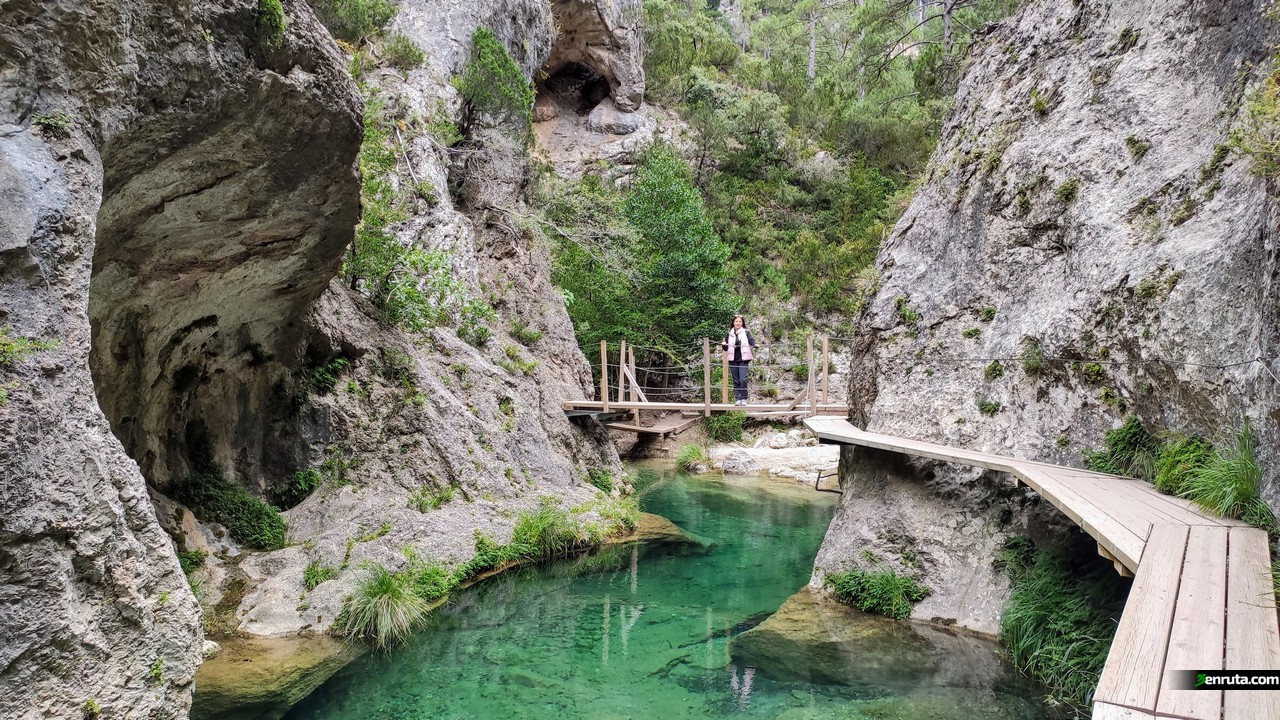
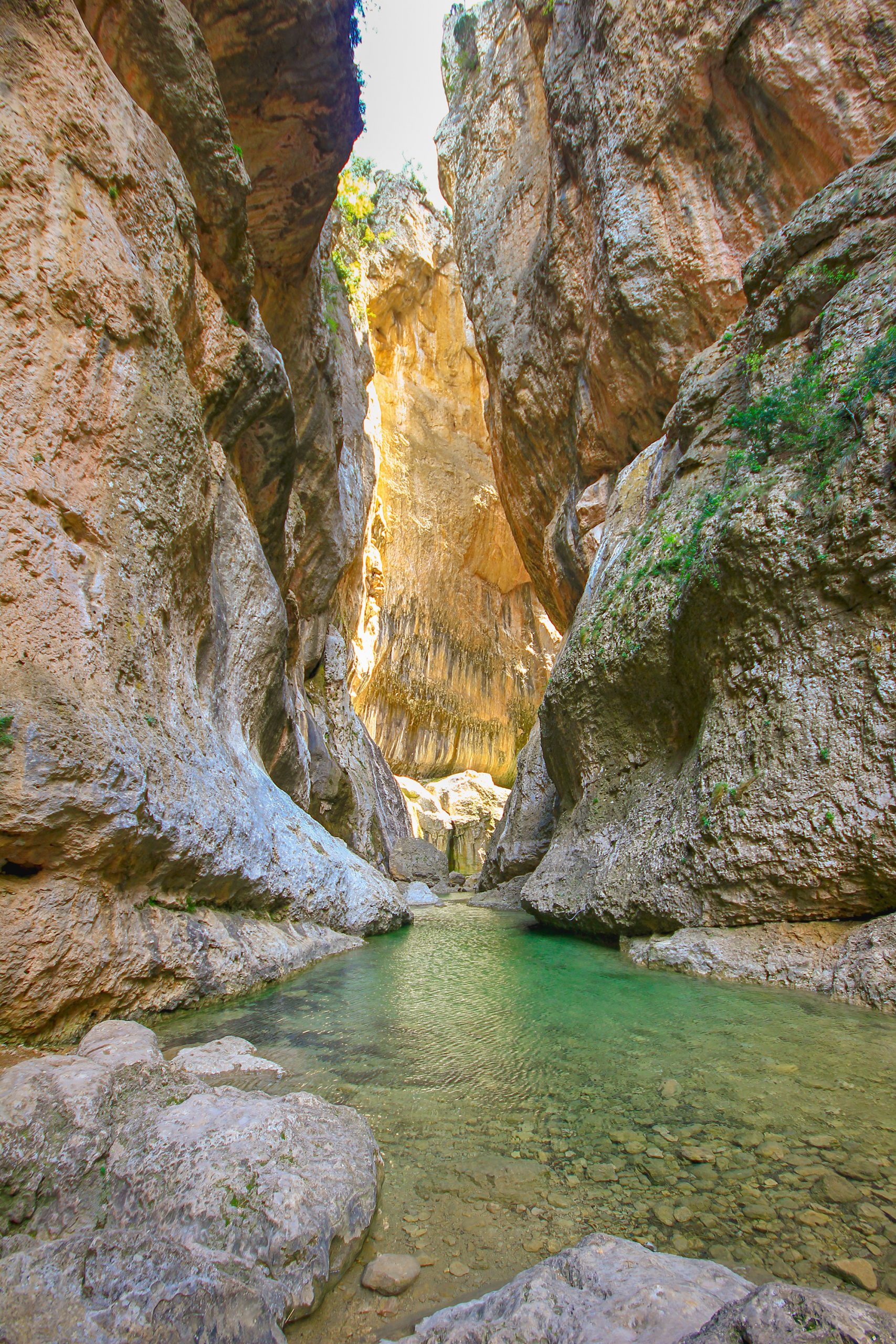
We will be able to explore this enclave through a hiking route that begins very close to the town and runs parallel to the Matarraña riverbed, which we will cross by means of footbridges built over small pools. The crossing ends at Los Estrechos, where the waters of the river slip between imposing 60-meter-high walls and stone needles named Les Gubies.
 1
Like
Published at 7:12 PM Comments (0)
1
Like
Published at 7:12 PM Comments (0)
Art Nouveau in Barcelona
Wednesday, August 3, 2022
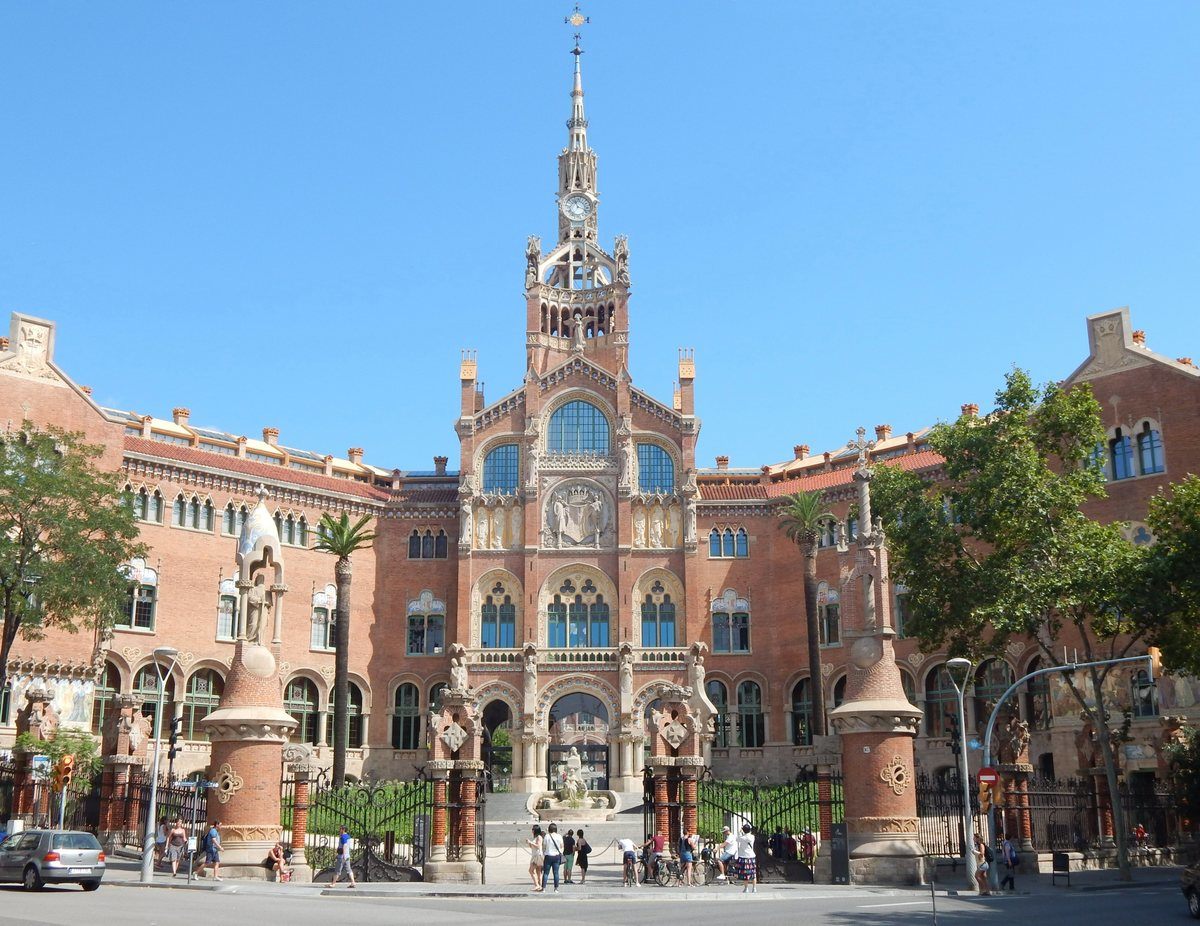
The largest Art Nouveau complex in the world is a Barcelona hospital with a 600-year-long history.
Painting, mosaics, stained glass windows, arches and grand hallways illuminated by immense windows that offer floods of natural light to buildings surrounded by picture-perfect landscaping and ornate statues of gargoyles and angels aren’t what you would come to expect for hospital landscaping. But Sant Pau in Barcelona, with over 600 years of history, is strangely a breath of fresh air when it comes to the typical hospital architecture that we have become used to.
In the late 19th century, Barcelona was expanding beyond its old city walls, and the Hospital de la Santa Creu which had served the city since the early 1400s was struggling to cope with the growth. In 1896 a wealthy Catalan banker named Pau Gil i Serra died, leaving behind a will that requested his estate be used for a new hospital that would bring the latest medical technology to Barcelona.
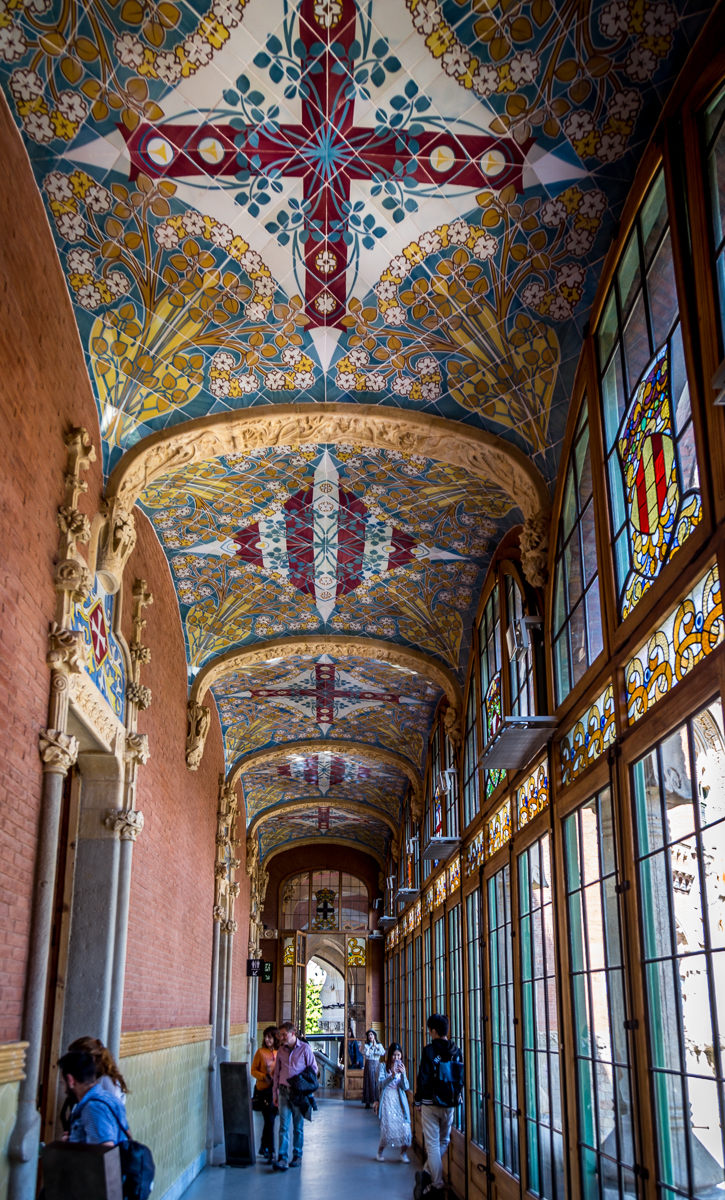 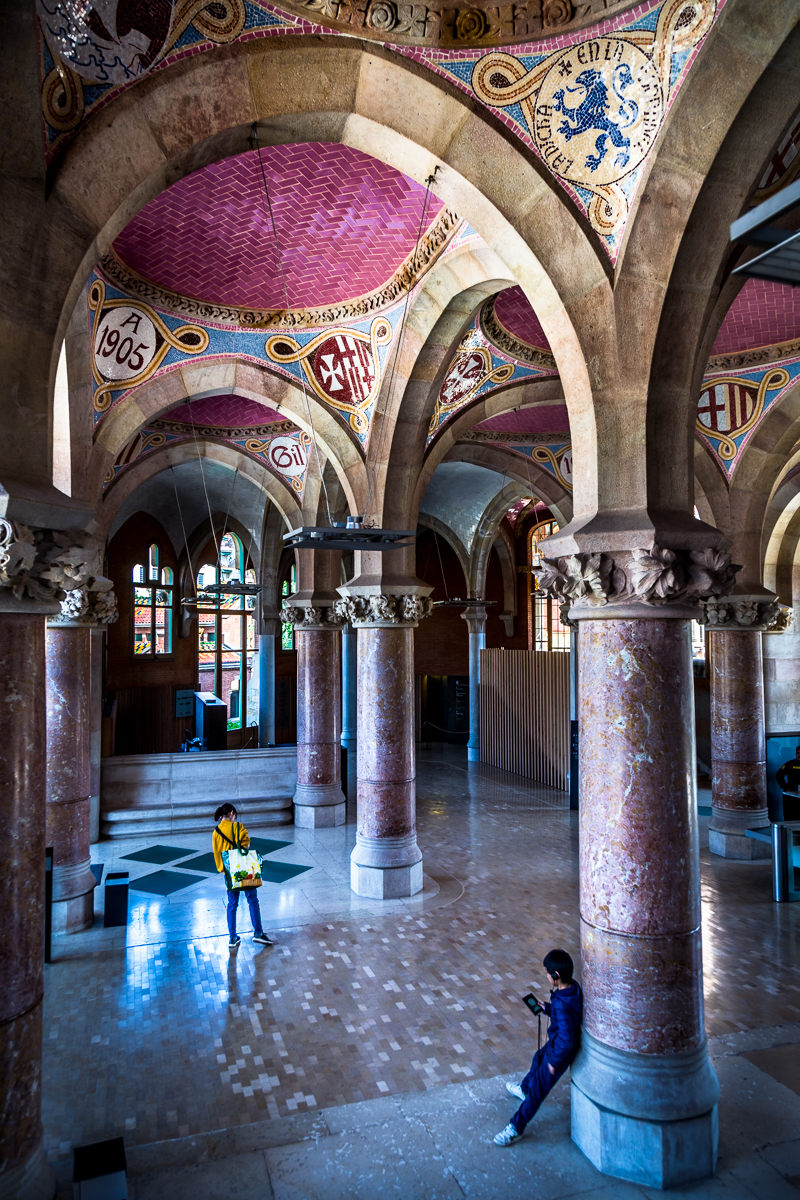
A plot was found just over three kilometres from the old medieval hospital, which now houses the National Library of Catalonia. Catalan architect Lluís Domènech i Montaner designed the site, which would represent the merging of six of Barcelona’s hospitals.
Domènech was an influential artist in Catalan Modernisme and Art Nouveau. He designed the 27-building complex that took up the equivalent of around nine city blocks to be interconnected by underground tunnels. Sixteen of the structures were built in the Modernist style making up the largest Art Nouveau site in the world, something often overlooked by guidebooks.
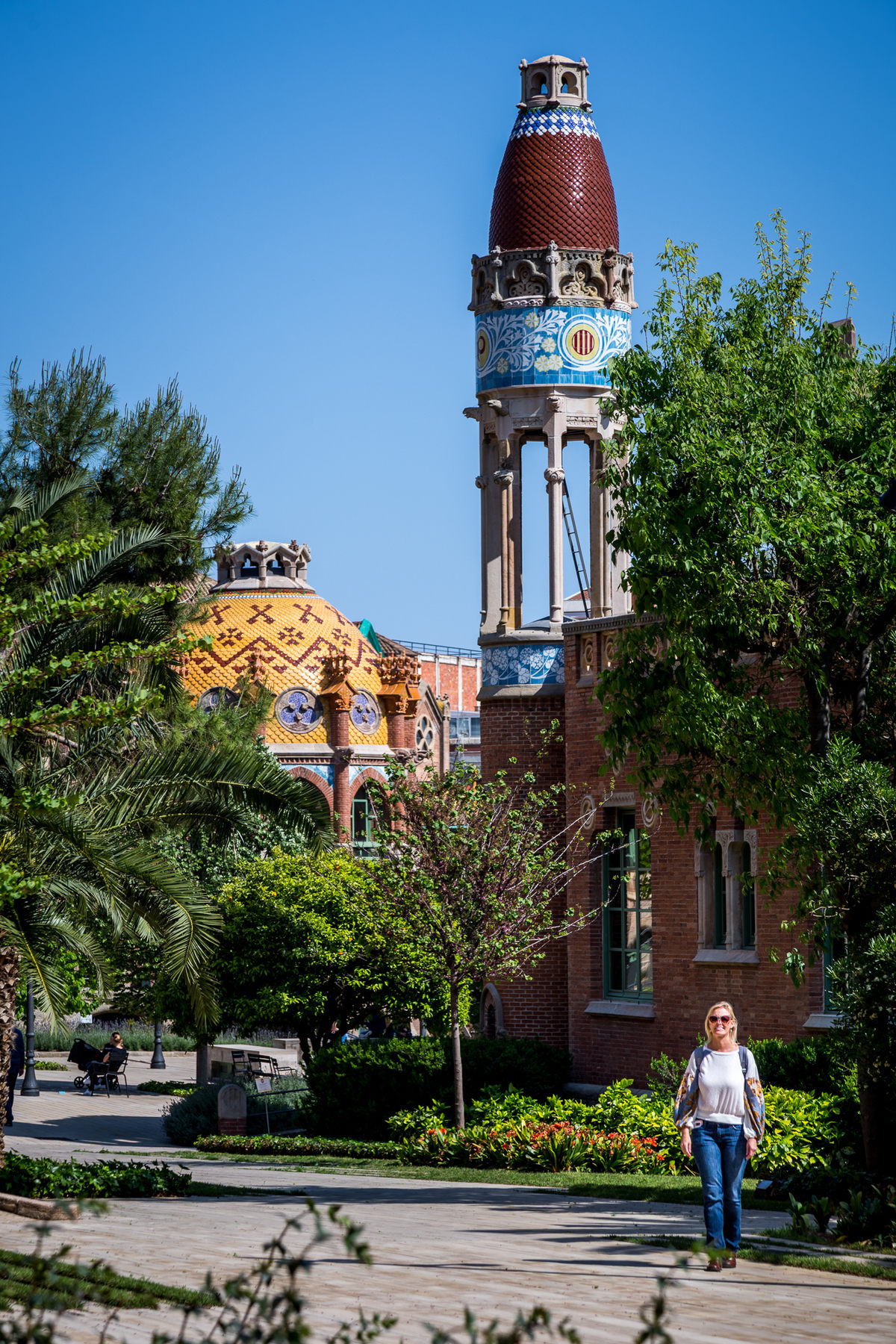
The complex was finished in 1930, with each building representing a different medical speciality. The Hospital de Sant Pau was fully functioning until 2009, when a new building, erected in the northern half of the complex, took over the duties. Several of the historic buildings were refurbished over the next several years.
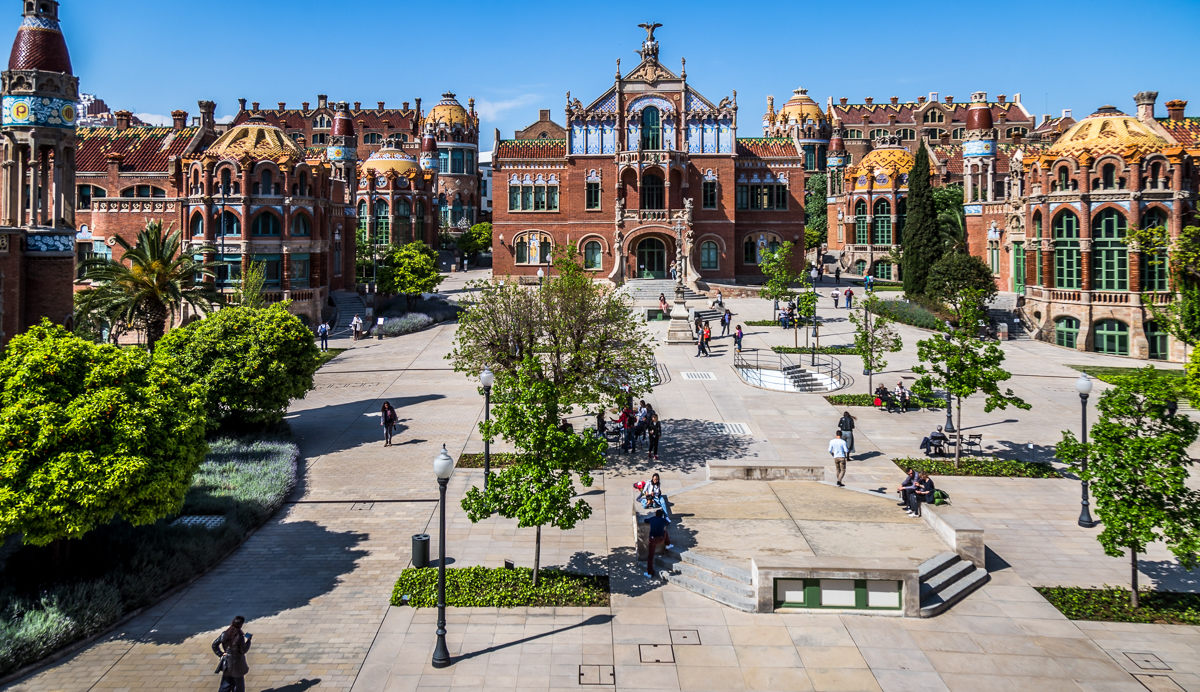
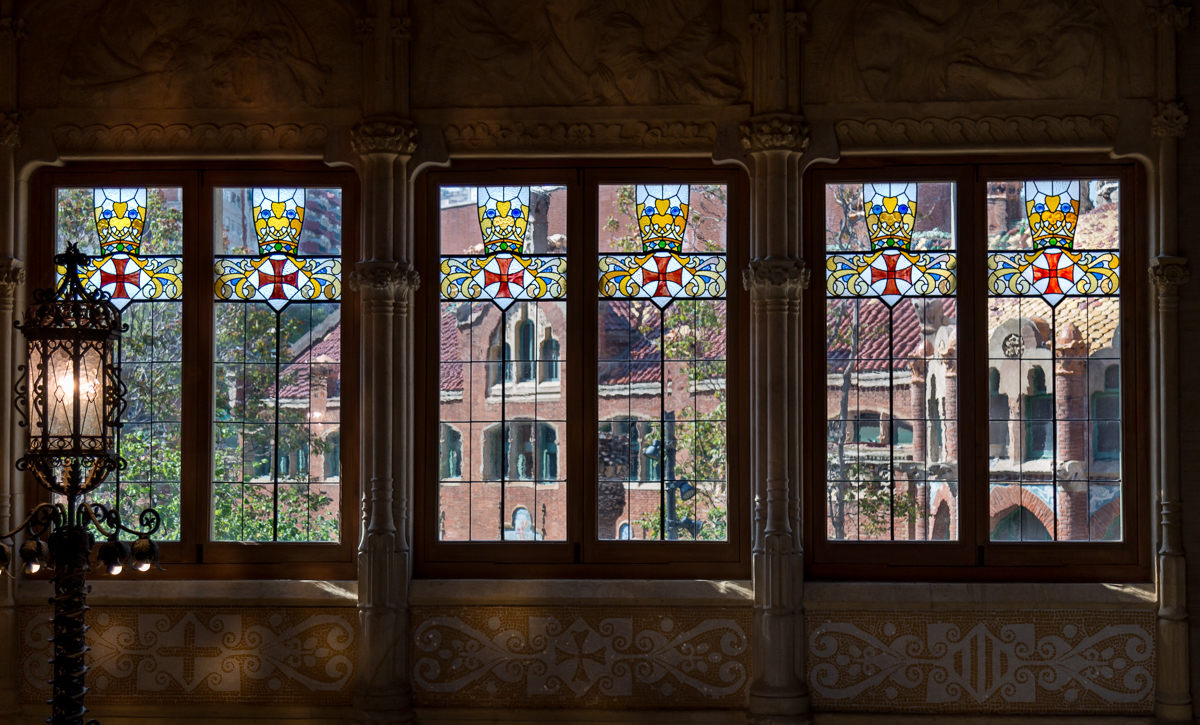

The site, designated as a UNESCO World Heritage Site in 1997, reopened to the public in 2014 and now serves as spaces for events, meetings, and tours of the Art Nouveau style. To this day it continues to serve its original purpose while representing an important point of reference in world architecture.
 3
Like
Published at 8:15 PM Comments (0)
3
Like
Published at 8:15 PM Comments (0)
Spam post or Abuse? Please let us know
|
|